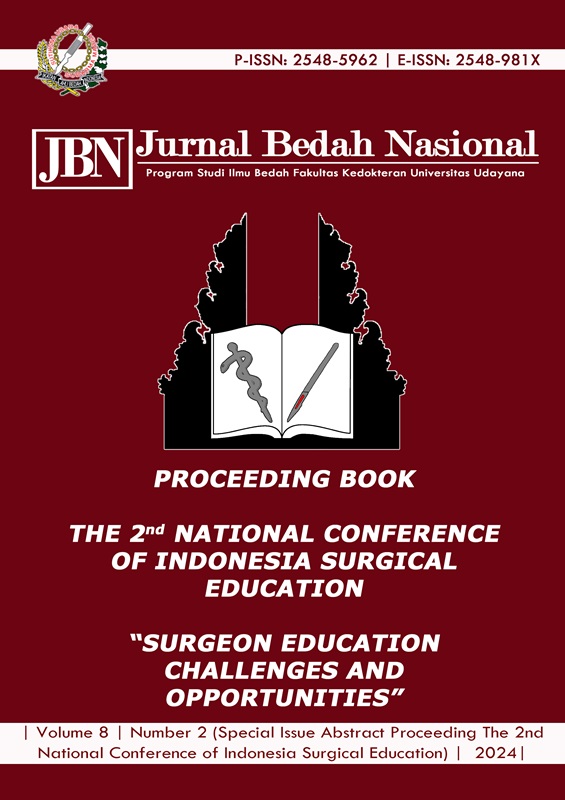099. Artificial Intelligence and Machine Learning in Trauma Outcome Prediction: A Literature Review
Abstract
Introduction: Trauma remains a leading cause of mortality and disability globally, particularly among young adults. Despite advancements, accurate prediction of trauma outcomes remains challenging. Artificial intelligence (AI) and machine learning (ML) has the potential to detect patterns and analyzing complex relationship of data from trauma patients to support decision making in the management of trauma. This study aims to explore the potential of AI and ML to enhance trauma outcome prediction in order to healthcare workers with basic understanding of AI and ML and the potential for them to utilize it management of trauma patients. Methods: A literature review was conducted using studies from PubMed, SCOPUS, Cochrane, EBSCOHost, and ScienceDirect database using PRISMA protocol. Data extraction focused on study design, population, interventions, outcomes, and methodological quality using the Oxford Centre for Evidence-Based Medicine levels of evidence. Results: From the literature review, 15 studies from total of 585 studies were included in this literature review. XGBoost and Neural Networks were the most common algorithms (60%). While six studies predicted mortality, others focused on length of stay and discharge outcomes. Overall, ML significantly improved trauma diagnosis by enhancing predictive models for injury severity and mortality. Conclusions: Machine learning models have shown superior performance compared to traditional scoring systems in their ability to predict trauma outcomes and could effectively forecast critical outcomes and guide treatment decisions. Subsequent studies should concentrate on creating more resilient models based on prospectively gathered data to enhance the performance of created algorithms.
Downloads

This work is licensed under a Creative Commons Attribution 4.0 International License.
Program Studi Ilmu Bedah Fakultas Kedokteran Universitas Udayana. 
This work is licensed under a Creative Commons Attribution 4.0 International License.






